Breaking Through Rock Journalism’s Boys’ Club
- Oops!Something went wrong.Please try again later.
- Oops!Something went wrong.Please try again later.
- Oops!Something went wrong.Please try again later.
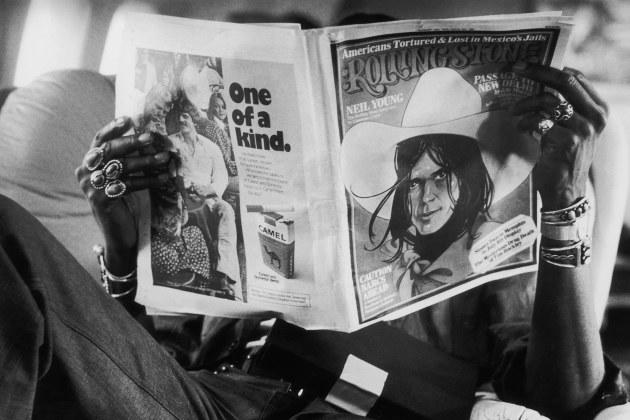
PLEASE ALLOW THIS ASIAN AMERICAN music writer to articulate this at the level it deserves: Egregious racism and misogyny have a long history in rock & roll — from those on the industry side who have appropriated Black artists’ work to those at the top of the publications who dictated what has been featured. The gatekeepers have always been a boys’ club — specifically a white boys’ club.
Among the earliest influential U.S. music magazines, Rolling Stone was helmed by Jann Wenner from 1967 to 2018; Barry Kramer launched Creem in 1969 and published it until his death in 1981; and there was Spin, run by Bob Guccione Jr. from 1985 to 1997. So, many of us weren’t surprised when RS founder Wenner said he didn’t include women and Black artists in his recent book, The Masters, because they just don’t “articulate at that level” philosophically like the white male artists he highlighted.
More from Rolling Stone

Despite the narrow lens from which decades of music magazines were culled, women and BIPOC voices have been there, often behind the scenes, doing the work.
The historic bias speaks for itself, but there’s still a lack of diversity across newsrooms; a Digiday analysis published this year found several major U.S. publishers are still hiring primarily white people. Worldwide, women represent only 22 percent of the 180 top editors across 240 brands, Reuters Institute found.
Yet, despite the narrow lens from which decades of music magazines were culled, women and BIPOC voices have been there, often behind the scenes, doing the work.
Even in the early days, women were changing the paradigm. As Jessica Hopper wrote in Vanity Fair, in RS’s first decade, women made inroads on the masthead. In Detroit in 1972, Jaan Uhelszki was one of the women who defined Creem; and in 2022, she resurrected it alongside the co-founder’s son, JJ Kramer. In the Nineties on the East Coast, Kandia Crazy Horse covered Southern rock with a feminist sensibility and an eye toward its African American roots; she edited the 2004 anthology Rip It Up: The Black Experience in Rock ’n’ Roll; and she’s an artist herself, making what she calls Native Americana music. In the late Nineties on the West Coast, author and Yale professor Daphne Brooks co-launched what would become the template for the definitive music-critic/journalist event of the year: Pop Con; her recent book, Liner Notes for the Revolution: The Intellectual Life of Black Feminist Sound, was published in 2021. Brittany Spanos wrote for RS in 2014 as a freelancer, and rose to senior writer in 2019. In addition to writing groundbreaking covers, beginning with Cardi B in 2017, she’s helped shape our coverage, pushing RS’s focus to include younger and newer artists.
As for me, growing up as a first-generation Filipina American, music was the language through which I most connected with my family, and later, as a defiant teen with conservative parents, music was rebellion, freedom, and community I found at indie record stores and sneaking out to concerts. Despite not seeing people like myself on covers or in stories, let alone penning the articles, I wanted to write about music. I got my chance when I became the first woman editor-in-chief of the magazine Illinois Entertainer. In 2005, when I joined the Chicago Tribune’s music-critic team, I was one of two women and the only one of color (the late, great Chrissie Dickinson, who began before me, primarily covered country). And I helmed a “Women Rock” column for the now-defunct zine UR Chicago. From sexism experienced from interviewees and co-workers to fighting for more than what my friends and I dubbed “the vagina assigna” — because the choice assignments were often gifted to men — it wasn’t an easy or comfortable journey (and it’s still painful to recall). But I had allies and mentors, including men, without whose support I wouldn’t be here. Today, I’m senior news editor at RS.
There are many more women who forged a path and enriched coverage in a predominantly male space — and every day, exciting young women, BIPOC, and underrepresented voices enter the fold. I wish I could include them all here. For now, I’m honored to share the stories and insights of Brooks, Uhelszki, Crazy Horse, and Spanos.
Quotes have been edited and condensed for clarity.
BROOKS: My parents were civil rights educators — they escaped the Jim Crow South in 1950 to the San Francisco Bay Area. Being able to hear music in the house, from my parents’ big-band and bebop music to my older brother’s passion for the Temptations to my sister’s American Bandstand, Soul Train era — [it all] trickled down to me. But then, I’m going to integrated schools, discovering punk rock and New Wave. Nobody wanted to talk to me about that in my house, even though I was so deeply passionate about the Police and the Clash.
I start going to Tower Records — moving from the bins over to the magazine racks, and that’s where I discover Rolling Stone and Hit Parade and Creem, but really Rolling Stone. Those covers were so intriguing to me, and it was about making sense of the music. I knew there was something about the Police sounding a little bit like Bob Marley — I was making those connections, trying to put it all together. So that leads me to rock-music journalism, and it became a side passion that twinned with my passion for African American literature. I really followed it, and I also struggled with it because I didn’t see myself in it, even though I wanted to be in the room.
CRAZY HORSE: I didn’t grow up wanting to be a rock critic. I really wanted to be a record producer when I was a little kid in the Seventies, because I read liner notes and I got fascinated with the process of making a record. I used to go to record stores and talk to the guys who work there — guys, of course. And I didn’t know any other women who were as caught up in music. It was just my isolated thing to do.
In the Nineties, I moved from Ghana to New York City to attend art school. Then I worked at the United Nations. And by the later Nineties, I [applied for] an internship at The Village Voice. I got the internship, and that’s where my career started to take off.
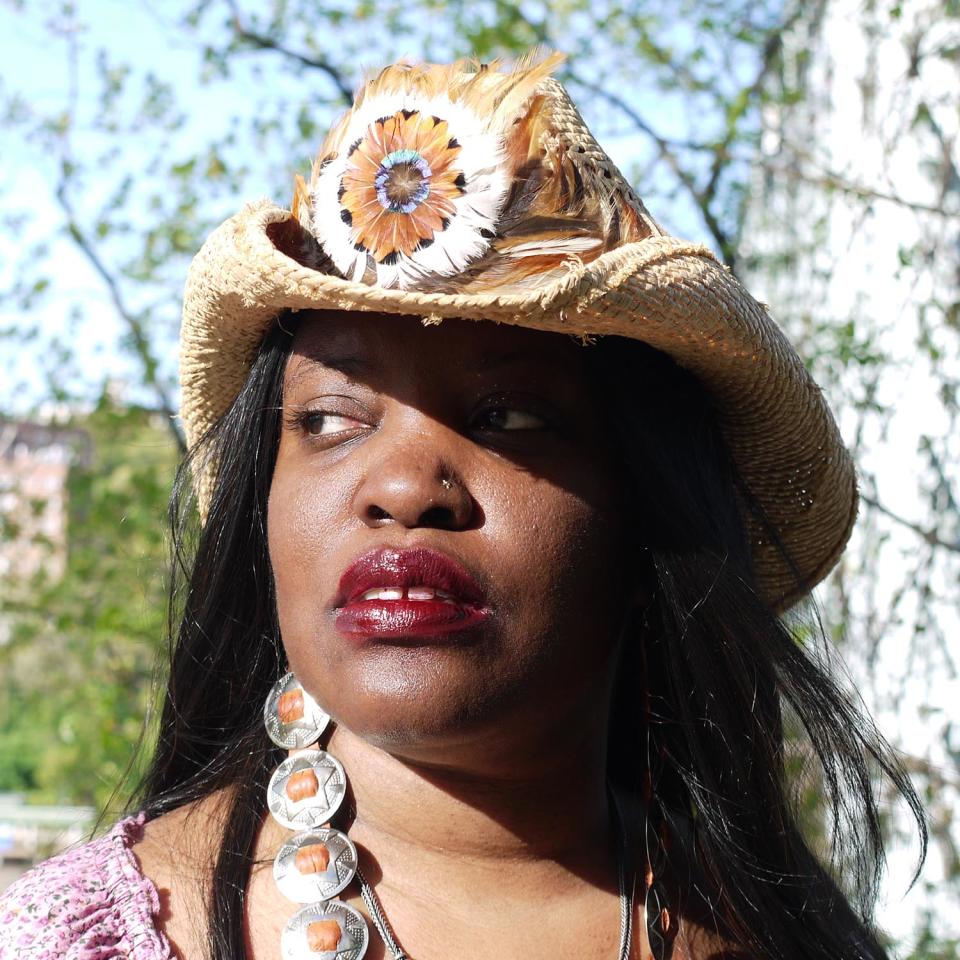
Being a Black female journalist covering rock music, it takes stamina, passion, and patience, because there’s loneliness in it and cultural isolation. I just pushed forth on what I wanted to do.
UHELSZKI: When I heard music, I understood. I understood what musicians are saying, how they’re tapped into something we’re not. But I’ve never had an ambition to do rock or to write music.
SPANOS: I was really of a one-track mind with becoming a music journalist from the time I was 12. My first full-time job was at The Village Voice. I started an internship, and then that morphed into assistant for the music editor. While I was there, I was freelancing [at] Rookie magazine, where I was brought in by Jessica Hopper. She connected me with editors at Spin and Vulture, and I eventually began freelancing for Rolling Stone in the summer of 2014.
BROOKS: When I was getting a Ph.D. in English at UCLA, my best friend in graduate school, Sonnet Retman, and I were going to just tons of shows. This is the heyday in the mid-Nineties — this is riot grrrl but also alternative hip-hop. And we were studying literary criticism and cultural criticism. We decided to apply for funding to hold a conference. As fans, we’re like, “Let’s have a conference about popular-music culture and popular-music writing.”
CRAZY HORSE: Rip It Up was certainly a highlight. There hadn’t been an in-depth book about Black rock before. And getting to work with writers like Vivien Goldman and Amy Linden was very gratifying.
UHELSZKI: I got a job at Detroit’s Grande Ballroom [where] I was the Coca-Cola girl, and I used to bug the people who sold Creem, saying, “I’ll give you free Cokes and chips and cigarettes if you let me write for Creem.” I was ready to do anything to work for Creem. I sent a letter to the editor. I sent them unsolicited articles. I knew that was my job. I knew this was what I was supposed to do. There was a woman named Loraine Alterman who worked for the Detroit Free Press [as their teen columnist], and I wanted to be her.
SPANOS: A lot of artists who I ended up being their first interview at Rolling Stone would get covers years later. I did Dua Lipa’s first RS interview, in 2016, a full year before her debut album came out. And Blackpink, Lizzo, Shawn Mendes, and Halsey.
Cardi B was my first cover, in 2017. I was 25 at the time, and it happened by accident. I covered her before she was even signed to Atlantic. She was just really funny on Instagram. I got assigned this short print piece on her. And in the time that we were reporting it, “Bodak Yellow” hit Number One and they ended up bumping the other cover … and [giving it to] Cardi B. I was scared it was gonna go to someone else, but I’m thankful I was able to write it.
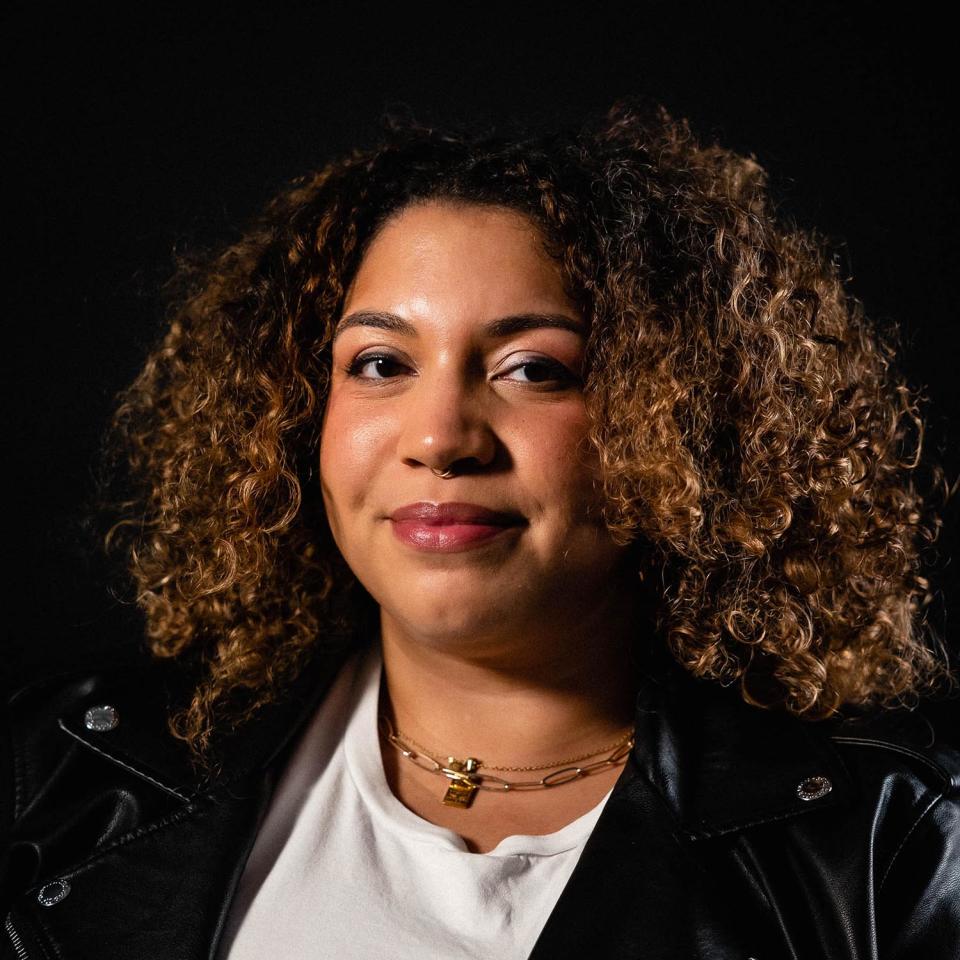
The most important work we do is creating careers and legacies. And it’s our job to make it clear that those legacies are not reserved just for straight white men.
CRAZY HORSE: Early on in my career, I covered Southern rock, jam bands, country, Black rock, and Black roots bands. The other Black writers [at The Village Voice] wrote about jazz or so-called urban genres. When I got down South and the publicists were there, they were always shocked it was me coming to cover their bands. Being Black and Indigenous was basically unheard of.
BROOKS: When [my book] Jeff Buckley’s Grace (33 1/3) came out, there was feedback from a fan base who could not imagine a Black woman writing about Jeff Buckley — even as the book has also been received so well by so many people. But the pushback came in the form of indignation, and a kind of inability to conceive of a person with my profile being able to create knowledge and narrative about Jeff Buckley.
UHELSZKI: What I noticed back in the day with why [Wenner] didn’t put women in Rolling Stone is women in the Seventies and the late Sixties were just encouraged to be pretty. No woman was expected to give her opinions. You were a groupie; if you’re an artist, the attention was on that quaint little term “your old man.” And no one took you seriously. When I started writing in the early Seventies, when you went into an interview or got on a tour, (A) nobody thought you were the writer, and (B) nobody was happy to see you, because the prevailing notion was “What’s a woman know about rock & roll?”
My first road tour was with Steve Miller and I thought he made a pass at me, and then he told me, “That was just a test. How could you actually sleep with the subject of your story, and then the next day shove a microphone in his face?” It was a wakeup call. There was no way I was ever going to have a liaison with one of the people I was writing a story on. [Being hit on] happened all the time. Rick Wakeman answered the door in a towel, and he wouldn’t get dressed.
I have a friend who calls it “embrace the suck” — when something untoward happens, I just use it as part of the story. Every little slight became fodder. Like when Jimmy Page wouldn’t speak to me except through an interpreter when I was on the Led Zeppelin tour — I think it was ’77. He said, “You have to tell my publicist the question, she’ll relay them to me, and she’ll tell you.” It was like a translation, even though we all spoke English. And I made that a story. (Editor’s note: A rep for Miller said he wasn’t available for comment; reps for Wakeman and Page didn’t respond to requests for comment.)
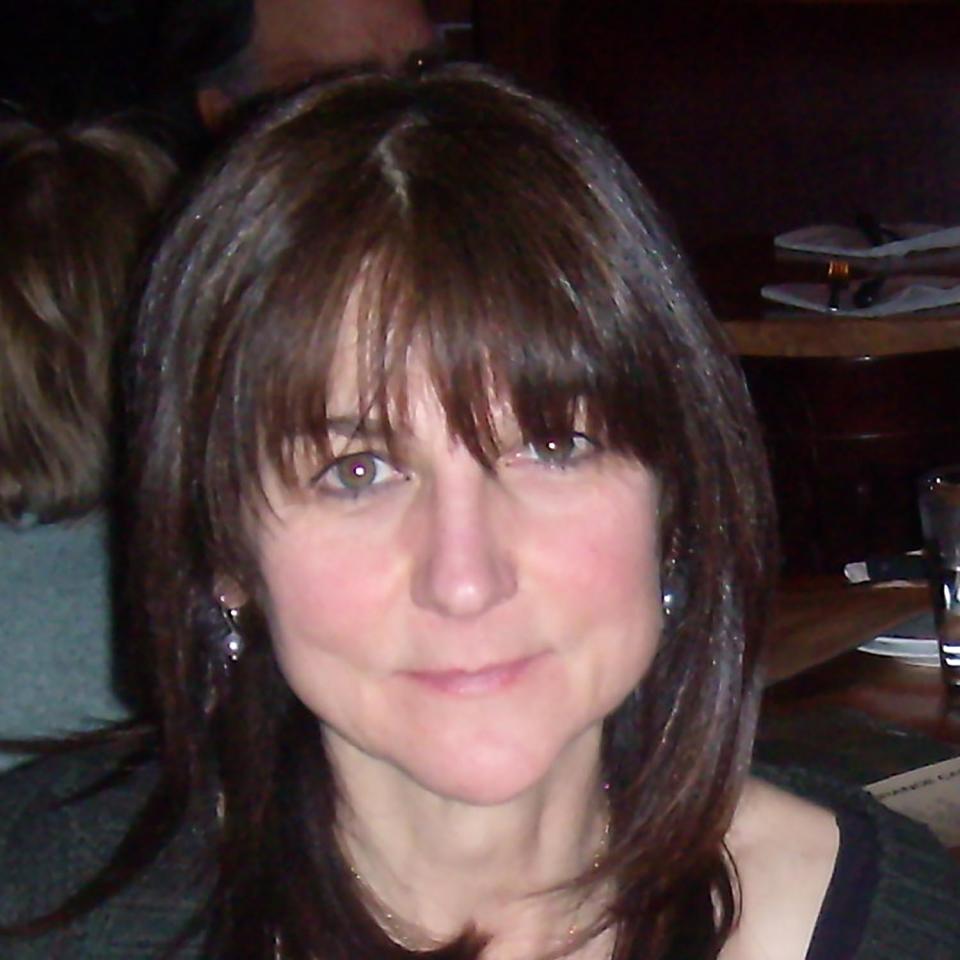
What I noticed back in the day with why [Wenner] didn’t put women in Rolling Stone, is women in the Seventies and the late Sixties were just encouraged to be pretty.
SPANOS: Coming to Rolling Stone when I did, I was working under Jann but not directly with him. But his presence was still a big factor in how things functioned. That left the brand and what we were covering falling behind. I was hired by Caryn Ganz, [who] was helping build the website and making it more of a presence because that was not Jann’s focus.
The struggle, specifically for me, was being alone in a lot of respects. I was, for a long time, the only Black woman who worked at the magazine, and for even longer, the only Black woman writing full time for both the magazine and website. There are a lot of difficulties with that. It is hard to carry that weight and desire to see more representation and more diversity in the coverage. You often feel tasked with doing that entirely on your own. And it didn’t help that everyone had to sort of kneel to a boss, a founder, whose vision of what we were doing was very limited and close-minded. While I’ve been lucky to have great editors over the years and people who wanted to see me thrive, we were all struggling to get past that narrow vision and expand it.
BROOKS: We all develop thicker skin, right? My thicker skin came in the form of a style of writing. I went through stages of being combative and defensive — I needed to work to not center these voices of domination who don’t see me, but to be able to stylistically engage with them. And to also keep generating a kind of writing that acknowledged the bigness of the world that exists outside of their narrow viewpoints. That’s what a lot of my writing has been about. I had to model this for my students, to find a way to still speak to these people who I felt very entangled in battles with — to speak to them in a way that was not just respectful, but that could acknowledge and dissect the terms of who they were based upon how they had come into the world as a cisgendered, white male critic. And to be generous in offering these alternative ways of being able to read and reckon with the music that they oftentimes heard through only one particular lens about Blackness and about gender.
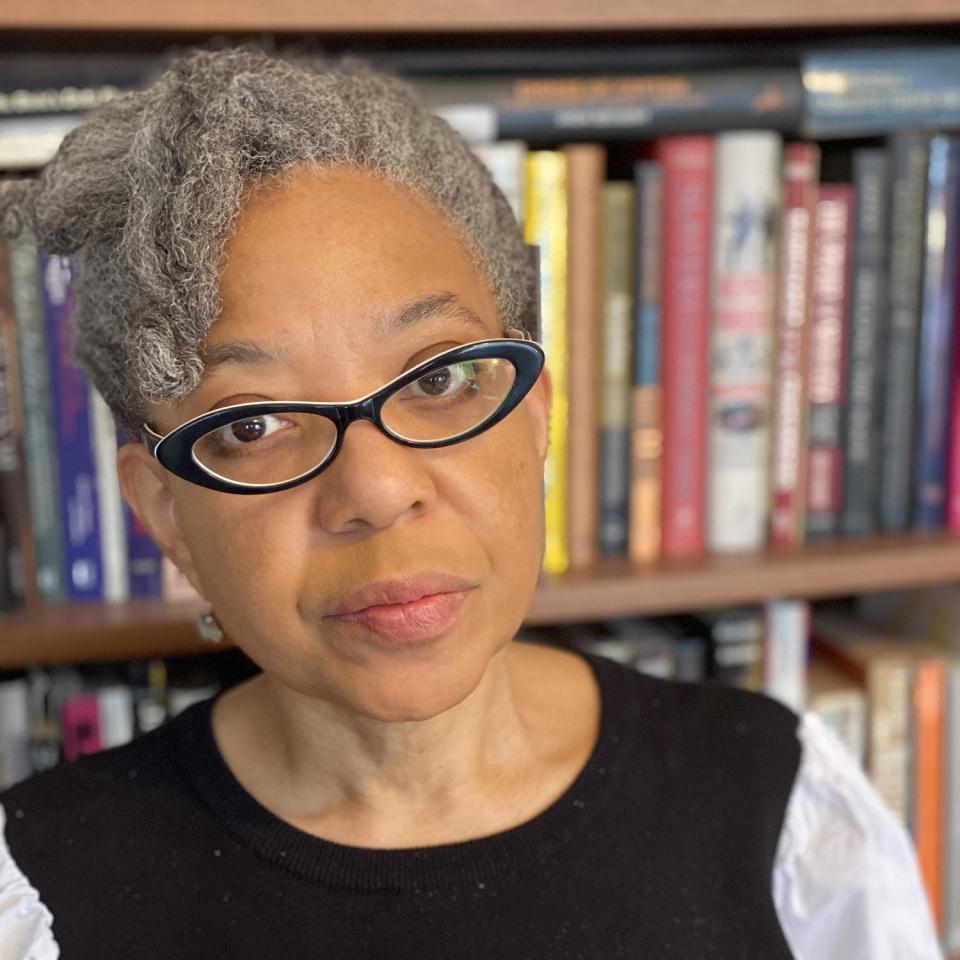
Cultural criticism is central to the Black-freedom struggle.
CRAZY HORSE: Being a Black female journalist covering rock music specifically, it takes stamina, passion, and patience, because there’s loneliness in it and cultural isolation. I just pushed forth on what I wanted to do. There’s a certain view that Black writers are supposed to write about Black music. And for some other people, I’m sure that’s true. But for me, that was never the case.
UHELSZKI: You guys hope that it’s a better world, and in my era, we just knew there were a lot of odds against being a woman in rock journalism, so you had to get really creative. You couldn’t complain because they’d just take you out of the story: “What, are you going to cry?” It toughened us up. Or you just wrote about women, and I didn’t want to just write about women … I wanted to write about everybody.
BROOKS: [In my] class [Black Arts Criticism] I want my students to understand something about the power and worth and centrality of criticism across the generations being a form of knowledge production, and administering value to certain cultural objects and devaluing other cultural objects. And I wanted to be able to show Black critics, going back to the first published Black poet, Phillis Wheatley, in the colonial era. They tried to seize control of being able to say what mattered about their own cultural forms, right? They tried to instill value in those forms in the face of systemic white supremacy, not only devaluing them, but dehumanizing African Americans. Cultural criticism is central to the Black-freedom struggle.
UHELSZKI: [At the resurrected Creem,] we make sure we have even representation. The old Creem lived to offend, and we were not all that nice, and we were sometimes a little racist. But now it’s not like that at all because the people who are involved think in a way that we didn’t think in the 1970s. I’m proud to say that.
CRAZY HORSE: In my [music] duo Cactus Rose, I write the songs and sing — and I have a male guitarist who is very supportive of female artists and appreciates my unique perspective on Americana music. I write songs that try to illuminate the experiences of Indigenous women. I hope to have women journalists — especially of color — share their perspectives on what I am trying to do. I would hope to be considered articulate and intellectual enough as an Indigenous and Black woman artist to discuss my music.
SPANOS: I always want to create a welcoming space for my fellow colleagues, especially with the type of history that we know the magazine has and that its founder has made very clear. The most important work we do is creating careers and legacies. And it’s our job to make it clear that those legacies are not reserved just for straight white men.
Best of Rolling Stone

